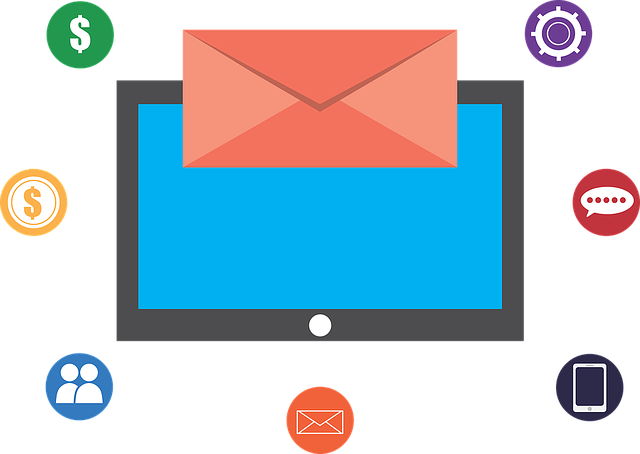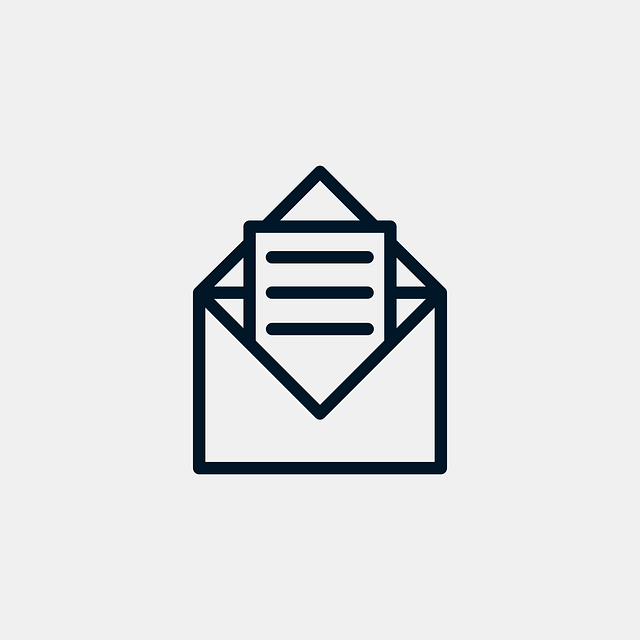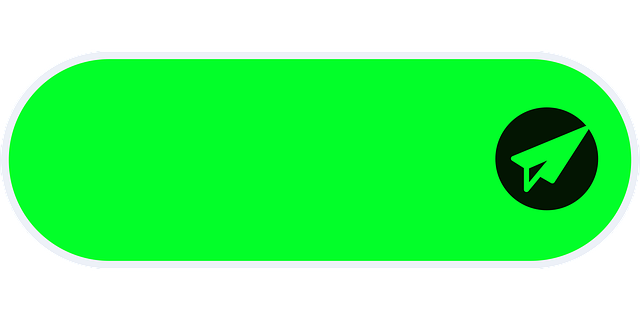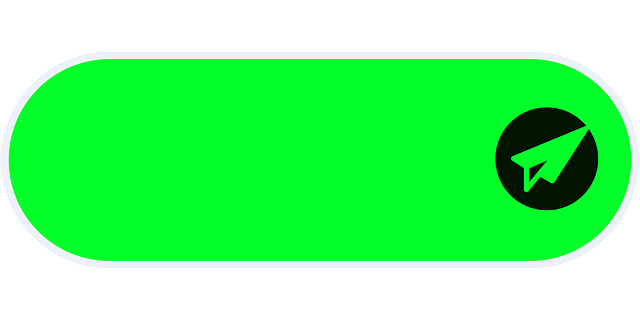Are you looking to enhance your marketing strategy and drive better results? Well, look no further than email campaign management.
Imagine this: you run a small online boutique selling trendy clothing. You want to increase sales and build a loyal customer base. By implementing a well-crafted email campaign, you could reach out to potential customers, showcase your latest collections, and offer exclusive discounts. And the best part? Email campaigns are cost-effective and have a high return on investment.
In this article, we will guide you through the essentials of email campaign management. From building an effective email list to analyzing and optimizing campaign performance, we will provide you with all the knowledge you need to get started.
So, let’s dive in and unlock the power of email marketing!
Key Takeaways
- Building an effective email list is crucial for maximizing the impact of email campaigns.
- Audience segmentation enhances engagement and conversion rates.
- Crafting compelling email content and catchy subject lines are important for grabbing readers’ attention.
- Analyzing and optimizing campaign performance through A/B testing and tracking ROI is crucial for improving email marketing efforts.
Building an Effective Email List
Are you ready to boost your email marketing game? Start by building an effective email list that will skyrocket your success!
To maximize the impact of your email campaigns, it’s crucial to segment your audience. By dividing your subscribers based on their interests, demographics, or purchasing behavior, you can tailor your messages and deliver personalized content that resonates with each group. This targeted approach not only increases open rates but also enhances engagement and conversion rates.
Additionally, make it easy for website visitors to sign up for your emails by placing opt-in forms strategically. Offer incentives like exclusive discounts or valuable content to entice them to join your list.
Once you have a solid email list, crafting compelling email content becomes the next crucial step. Keep reading to discover how to captivate your audience and drive results with your email campaigns.
Crafting Compelling Email Content
Crafting compelling email content involves utilizing a variety of writing techniques to captivate your audience and encourage them to take action.
To grab your readers’ attention, creating catchy subject lines is crucial. A subject line should be concise, intriguing, and personalized to make recipients curious enough to open the email.
Once you have their attention, it’s important to maintain their interest with persuasive call to actions. Clearly state what you want your audience to do and make it easy for them to take that action. Use action verbs and create a sense of urgency to motivate them.
Whether it’s signing up for a webinar, purchasing a product, or joining a loyalty program, your call to actions should be compelling and irresistible.
By mastering these writing techniques, you can create email content that engages your audience and drives results.
Moving forward, let’s explore how to design engaging email templates without losing their interest.
Designing Engaging Email Templates
To truly captivate your audience, start by exploring the effectiveness of designing engaging email templates.
Interactive elements can greatly enhance the user experience and increase engagement with your emails. Consider incorporating features like clickable buttons, animated GIFs, or even simple surveys to encourage interaction. These elements not only make your emails more visually appealing, but they also provide an opportunity for your audience to actively participate and connect with your content.
Additionally, subject line optimization is crucial in grabbing the attention of your recipients. Craft compelling and concise subject lines that entice your audience to open your emails and discover more.
By incorporating interactive elements and optimizing your subject lines, you can create email templates that are not only visually appealing but also highly engaging.
And now, let’s move on to the next section about personalizing your email campaigns.
Personalizing Your Email Campaigns
Enhancing your email campaigns with personalization can significantly boost engagement and make your audience feel valued. To achieve this, consider the following segmentation strategies:
-
Demographic segmentation: Divide your audience based on age, gender, location, and other relevant factors.
-
Behavioral segmentation: Tailor your messages according to your audience’s past actions and preferences.
-
Psychographic segmentation: Understand your audience’s interests, values, and attitudes to create more targeted content.
-
Purchase history segmentation: Send personalized recommendations and offers based on what your audience has previously bought.
-
Dynamic content: Use automation tools to insert personalized content dynamically, such as the recipient’s name or recommended products.
By implementing these strategies, you can deliver more relevant and compelling emails, increasing the likelihood of conversions.
Now, let’s explore how analyzing and optimizing campaign performance can further improve your email marketing efforts.
Analyzing and Optimizing Campaign Performance
Take a moment to analyze and optimize your campaign performance, and watch as your email marketing efforts soar to new heights.
One effective strategy to improve your email campaigns is A/B testing. By testing different elements such as subject lines, call-to-action buttons, or email designs, you can determine what resonates best with your audience and drives higher engagement.
Additionally, tracking your return on investment (ROI) is crucial to understanding the effectiveness of your campaigns. Monitor metrics like open rates, click-through rates, and conversions to measure the impact of your emails on your bottom line.
By continuously analyzing and optimizing your campaign performance through A/B testing strategies and tracking ROI, you can refine your approach and achieve better results.
Now, let’s explore best practices for email campaign management, which will further enhance your email marketing success.
Best Practices for Email Campaign Management
Get ready to navigate the email marketing seas like a skilled captain, using proven techniques and strategies for smooth sailing.
A/B testing strategies are essential for optimizing your email campaign performance. By testing different variations of your email content, subject lines, and call-to-action buttons, you can identify what resonates best with your audience and improve your open and click-through rates. Experiment with different elements such as the layout, color schemes, and personalization to find the winning combination.
Additionally, email automation techniques can save you time and effort while ensuring timely and relevant communication. Set up automated email sequences based on triggers like sign-ups or purchases to nurture your leads and keep them engaged. Automating repetitive tasks allows you to focus on creating valuable content and building stronger relationships with your subscribers.
Frequently Asked Questions
How do I ensure that my emails don’t end up in the recipients’ spam folder?
To ensure your emails don’t end up in recipients’ spam folders, focus on email deliverability and follow best practices for avoiding spam filters.
Start by using a reputable email service provider, authenticating your domain, and regularly cleaning your email list.
Personalize your emails, avoid spam trigger words, and include a clear unsubscribe option.
Additionally, regularly monitor your email engagement metrics and adjust your email strategy accordingly to improve engagement and deliverability.
What are some effective strategies for increasing email open rates?
To increase email open rates, it’s important to use personalization techniques and subject line optimization. Personalization grabs the recipient’s attention by addressing them by their name or including relevant information.
Craft compelling subject lines that pique curiosity and create a sense of urgency. Keep subject lines concise and use action-oriented language. Experiment with different strategies, like including emojis or asking a question.
By tailoring your emails to the individual and optimizing subject lines, you’ll see higher open rates and engagement.
How can I segment my email list to better target my audience?
Segmenting your email list is crucial for better targeting your audience. By dividing your subscribers into smaller groups based on demographics, interests, or past behavior, you can create personalized email campaigns that resonate with each segment.
This allows you to deliver relevant content, increase engagement, and ultimately drive higher conversions. Audience segmentation strategies enable you to tailor your messaging, offers, and incentives to meet the specific needs and preferences of different segments, leading to more effective and impactful email marketing campaigns.
What are some common mistakes to avoid when creating an email campaign?
When creating an email campaign, it’s important to avoid common mistakes that can hinder your success. Some best practices to keep in mind include:
1) Personalize your emails to make them more relevant and engaging.
2) Avoid using spammy language or excessive exclamation points.
3) Double-check for spelling and grammar errors before hitting send.
4) Test your emails on different devices to ensure they display correctly.
By following these guidelines, you can maximize the effectiveness of your email campaign.
How often should I send emails to my subscribers to maintain engagement without overwhelming them?
To maintain engagement without overwhelming your subscribers, it’s important to find the right balance for your email frequency. Consider your audience and the type of content you’re sending. Aim to provide valuable information and updates without bombarding them with emails.
A good starting point is once or twice a week, but monitor your open and unsubscribe rates to gauge their preferences. Remember, quality content is key to keeping your subscribers engaged.
Conclusion
So there you have it, all the essentials of email campaign management. Now you’re armed with the knowledge to build an email list that rivals the population of a small country.
Craft compelling content that’ll have your recipients glued to their screens.
Design templates that make Picasso jealous.
Personalize your campaigns so well that your subscribers’ll think you’re a mind reader.
And don’t forget to analyze and optimize like a data scientist on steroids.
Piece of cake, right? Well, maybe not, but with these best practices, you’ll be conquering the email world in no time.
Happy email campaigning!








